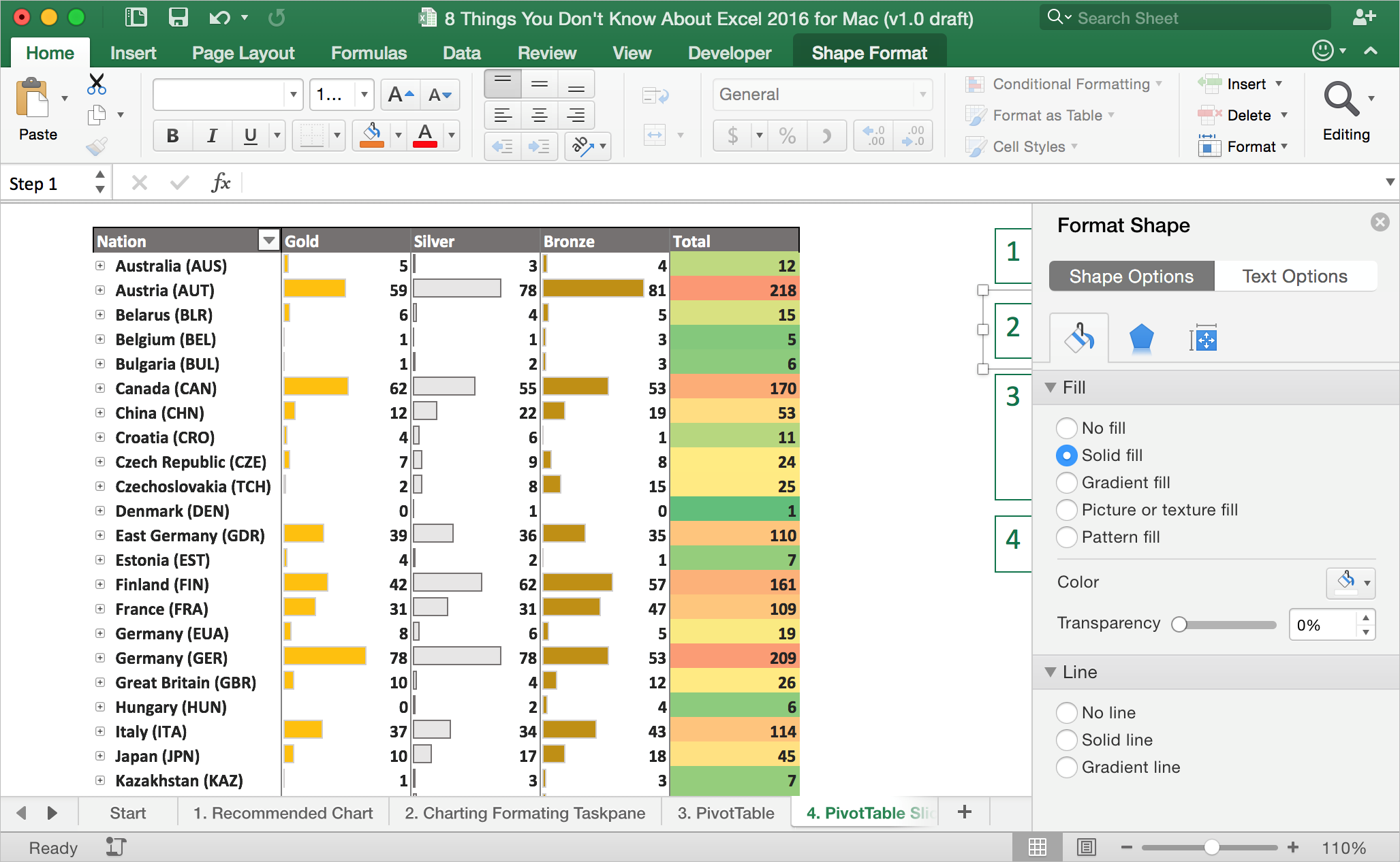
- #Tools for data analysis for free#
- #Tools for data analysis software#
- #Tools for data analysis code#
In terms of capabilities R or Python can do all that’s available in Matlab or Octave. These tools are mostly used for research. There are other tools available such as Matlab or its open source version (Octave).
#Tools for data analysis software#
The software is however rather limited, and experienced users will be orders of magnitude more productive using R or Python. For small data and an unexperienced team, SPSS is an option as good as SAS is.
#Tools for data analysis code#
This code is normally not efficient, but it’s a start whereas SAS sells the product that scores models for each database separately. It is probably as simple to use as SAS, but in terms of implementing a model, it is simpler as it provides a SQL code to score a model. It is mostly used to analyze survey data and for users that are not able to program, it is a decent alternative. SPSS, is currently a product of IBM for statistical analysis. For advanced users, R and Python provide a more productive environment. Only if you are working with small datasets and the users aren’t expert data scientist, SAS is to be recommended. Even medium sized dataset will have problems with SAS and make the server crash. It contains quite a few commercial products that give non-experts users the ability to use complex tools such as a neural network library without the need of programming.īeyond the obvious disadvantage of commercial tools, SAS doesn’t scale well to large datasets. It has a base language that allows the user to program a wide variety of applications. SAS is a commercial language that is still being used for business intelligence. However, this is becoming less of a problem as there are web services that do the engineering of implementing models in R, Python and Julia. In terms of implementing a model in production probably Python has better alternatives. We would recommend Julia for prototyping algorithms that are computationally intensive such as neural networks. The language is quite new and has grown significantly in the last years, so it is definitely an option at the moment. Its syntax is quite similar to R or Python, so if you are already working with R or Python it should be quite simple to write the same code in Julia. Julia is a high-level, high-performance dynamic programming language for technical computing. Compared to R’s equivalent library (caret), scikit-learn has a cleaner and more consistent API. This is possible from R but it’s not as efficient as Python for scripting tasks.įor machine learning, scikit-learn is a nice environment that has available a large amount of algorithms that can handle medium sized datasets without a problem. Python can be used quite effectively to clean and process data line by line. In case you are working with large datasets, normally Python is a better choice than R. Most of what’s available in R can also be done in Python but we have found that R is simpler to use. Python is a general purpose programming language and it contains a significant number of libraries devoted to data analysis such as pandas, scikit-learn, theano, numpy and scipy. For data analysis purpose, there are nice libraries such as data.table, glmnet, ranger, xgboost, ggplot2, caret that allow to use R as an interface to faster programming languages.

But if you are intending to do operations that require writing deep for loops, then R wouldn’t be your best alternative. In terms of performance, R is slow for intensive operations, given the large amount of libraries available the slow sections of the code are written in compiled languages.

#Tools for data analysis for free#
In CRAN there are more than 6000 packages that can be downloaded for free and in Github there is a wide a variety of R packages available. It is thought to be an interface to other programming languages such as C, C++ or Fortran.Īnother advantage of R is the large number of open source libraries that are available. It is competitive with commercial tools such as SAS, SPSS in terms of statistical capabilities. R is an open source programming language with a focus on statistical analysis. The following section discusses the advantages of different tools with a focus on statistical packages data scientist use in practice most often. Normally the engineering aspect of data analysis focuses on databases, data scientist focus in tools that can implement data products. There are a variety of tools that allow a data scientist to analyze data effectively.


 0 kommentar(er)
0 kommentar(er)
